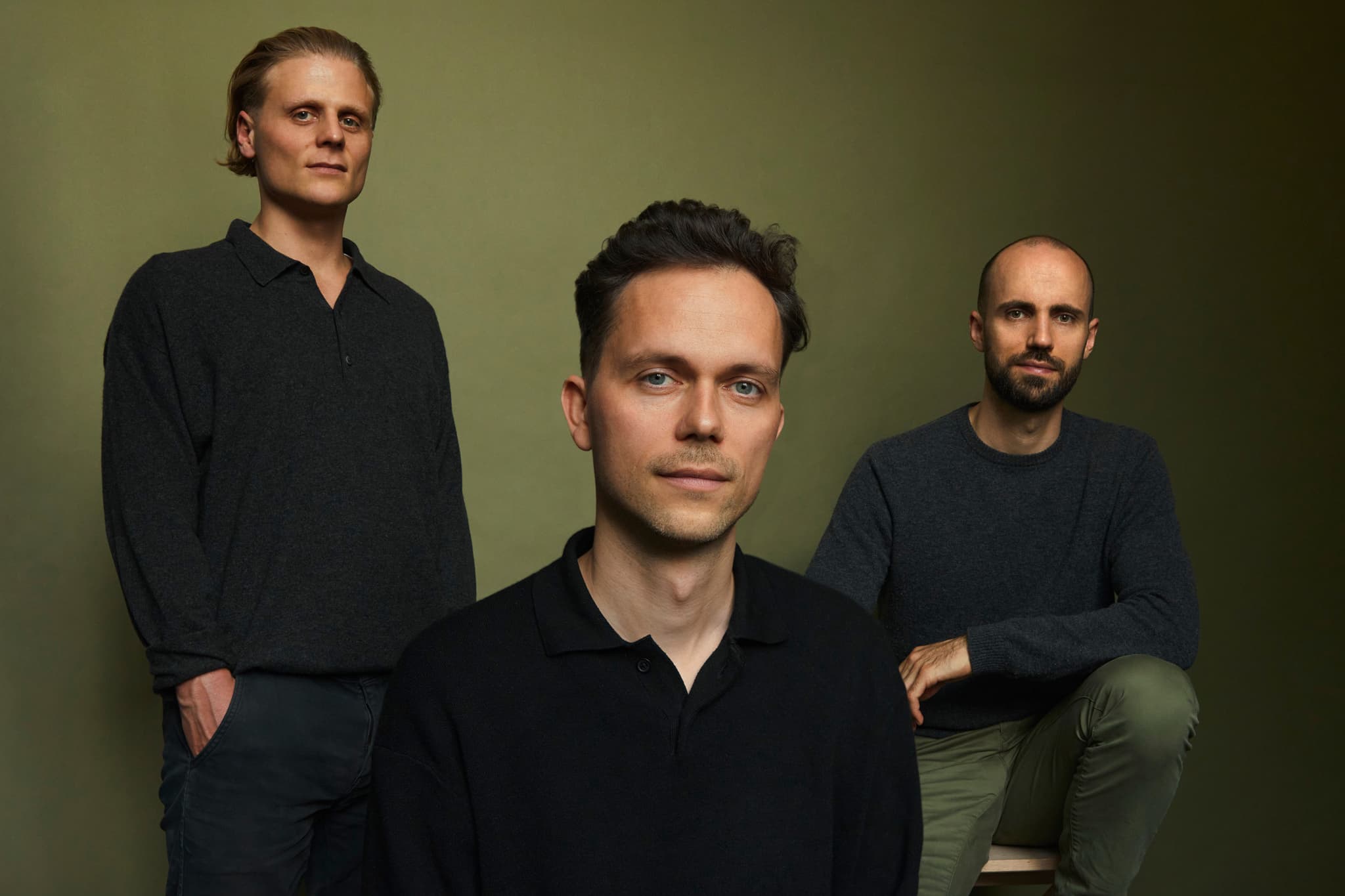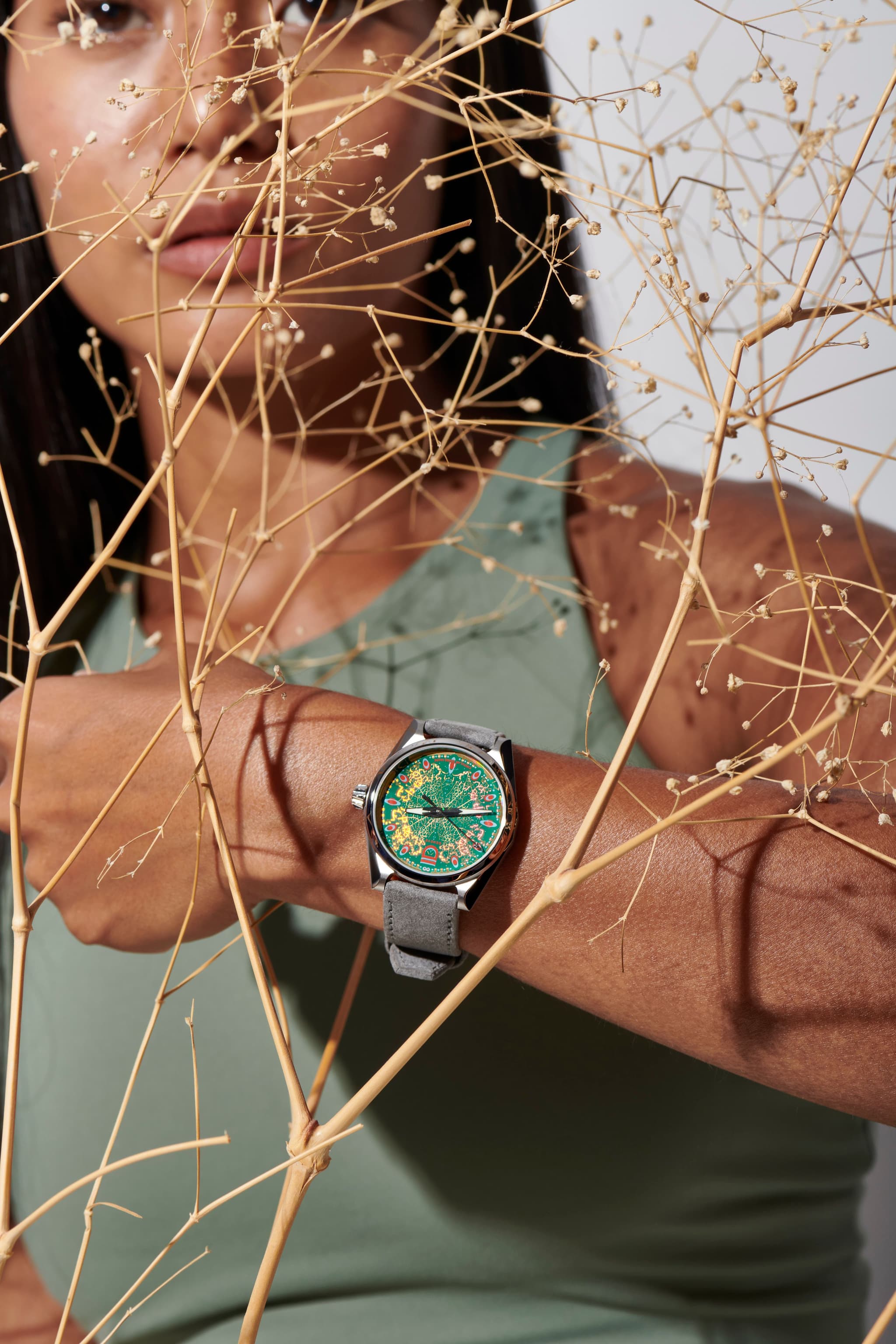1. MATTR™ is described as an exciting step forward in sustainable material innovation. Can you explain how MATTR™ differs from traditional materials and what makes it particularly suited for eco-friendly applications?
MATTR™ stands apart from traditional materials both in its makeup and mission. Unlike conventional leathers or synthetics that depend on fossil fuels or animal inputs, MATTR™ is made primarily from fast-growing red algae and plant-based additives. It’s entirely plastic-free, fully compostable, and designed to integrate into existing production systems without disruption.
That means MATTR™ avoids microplastic pollution, doesn’t require arable land or freshwater for cultivation, and safely returns to nature under the right end-of-life conditions. Because it’s regenerative in its sourcing and compatible with current machinery, it’s especially valuable for industries shifting from extraction toward circular models.

2. In your press release, you mention that MATTR™ complements your flagship material, LOVR™. Could you walk us through how these two materials work together, and the unique qualities each one brings to the table?
They come from the same mindset but fill different needs. LOVR™ is structured, made from European hemp residues, and built for durability and recyclability. Its carbon footprint is impressively low—just 0.51 kilograms of CO₂e per square meter cradle-to-gate—making it ideal for high-wear applications like automotive interiors, footwear components, and premium accessories.
MATTR™ is softer and more flexible. Its dual-layer system combines an algae-based top layer with a cellulose textile backing, giving it a supple touch and adaptable performance. It’s perfect for footwear linings, interior surfaces, and fashion items. Together, LOVR™ and MATTR™ offer structure and softness, forming a complete toolkit for brands seeking real circular alternatives.

3. Algae-based materials are gaining attention for their sustainability benefits. What challenges did you face during the development of MATTR™, particularly in ensuring its performance and scalability for real-world applications?
Algae are an amazing resource, but they’re not easy to scale. One of the biggest hurdles is establishing a consistent, traceable supply that meets both performance and ecological standards. Red algae grow quickly without needing farmland or fertilizers, which makes them ideal. But converting them into high-performing material required intensive R&D.
Balancing softness with strength was another challenge. Algae foams are soft but require backing to hold up in real-world use. Our solution: a flexible two-layer design that provides comfort without compromising durability.
Importantly, MATTR™ was engineered to run on existing production equipment, reducing friction in adoption and accelerating scalability.
4. MATTR™ is a great example of fusing nature, technology, and design. Could you elaborate on how you’ve integrated these elements in its creation, and how this synergy enhances the material’s eco-friendly properties?
Nature gave us algae with its regenerative growth and carbon-capturing potential. Technology refines it into a durable, adaptable form. Design ties it all together, guiding how the material feels, looks, and functions.
We use only natural pigments, avoid heavy finishes, and maintain an aesthetic that feels raw yet refined. From the start, the goal was to offer something tactile, credible, and beautiful, rooted in nature but tailored for modern industry.

5. As a new material, what steps have you taken to ensure MATTR™ meets industry standards for durability, functionality, and performance? How does it compare to other materials in terms of longevity and resilience?
MATTR™ has undergone rigorous testing for heat resistance, abrasion, and stretch. Depending on the backing, it can stretch up to 20% and endure temperatures over 130°C for short periods. A Life Cycle Assessment (LCA) is in progress (to be released in 2025) to benchmark its environmental impact.
While it may not match chemically treated leather in longevity, it meets functional needs for many applications—without compromising on circularity.

6. One of the goals of MATTR™ is to be a versatile and eco-friendly alternative. Can you discuss some of the initial applications where MATTR™ has shown the most promise, and how you envision it being used in the future?
Our first commercial pilot is with a Swiss footwear brand using MATTR™ in flexible upper components, showcasing its softness, breathability, and adaptability.
Looking ahead, we see strong potential in interiors, accessories, and packaging. MATTR™ is ideal for soft panels, tactile finishes, and premium, plastic-free packaging.
7. The material innovation sector is evolving rapidly. How do you foresee MATTR™ influencing the future of sustainable design, particularly in industries such as furniture, fashion, and architecture?
MATTR™ gives designers a new language—one that merges organic aesthetics with true circular potential. In fashion, it removes the need for plastic coatings while offering a luxurious feel. In interiors, it adds warmth and breathability, enhancing environmental health.
As regulations evolve toward traceability, circularity, and low toxicity, MATTR™ positions itself as a forward-compatible solution. Beyond that, it can culturally shift the norm toward regenerative materials.

8. Collaboration is a key part of your call for MATTR™’s adoption. How do you plan to work with forward-thinking brands and designers to incorporate MATTR™ into their products, and what types of projects are you most excited about?
We work closely with partners to tailor the material, adapting backers, textures, and colors to meet their design goals. We also provide impact data and storytelling support, positioning MATTR™ as an ingredient brand.
We’re excited by system-level thinking—whether replacing PU across a product line or creating fully compostable interiors. We're focusing on fashion, interiors, packaging, and lifestyle collaborations.

9. The future of sustainable materials is a topic of much discussion. What role do you see algae-based materials playing in the long-term transformation of industries towards more sustainable production methods?
Algae represent a regenerative model. They grow fast, don’t require freshwater, and support marine ecosystems while sequestering carbon.
Beyond sourcing, algae enable materials that are biodegradable and can reenter natural cycles. This shift—from inert plastics to living materials—is what we believe defines the future of sustainability.

10. Looking ahead, what are the next steps for Revoltech in terms of material innovation? Are there any upcoming projects or advancements you can share that will push the boundaries of sustainability and technology even further?
In 2025, we’re focused on commercializing MATTR™ and expanding pilot production in Germany. We're also pursuing third-party certifications and exploring broader applications in furniture, footwear, and accessories.
LOVR™ is expanding too—with first sales to ID Genève and an exclusive partnership with Volkswagen in automotive. But our goal is widespread adoption, not exclusivity.
Our long-term vision is a regenerative, plastic-free, and scalable material platform—powered by innovation and collaboration.








